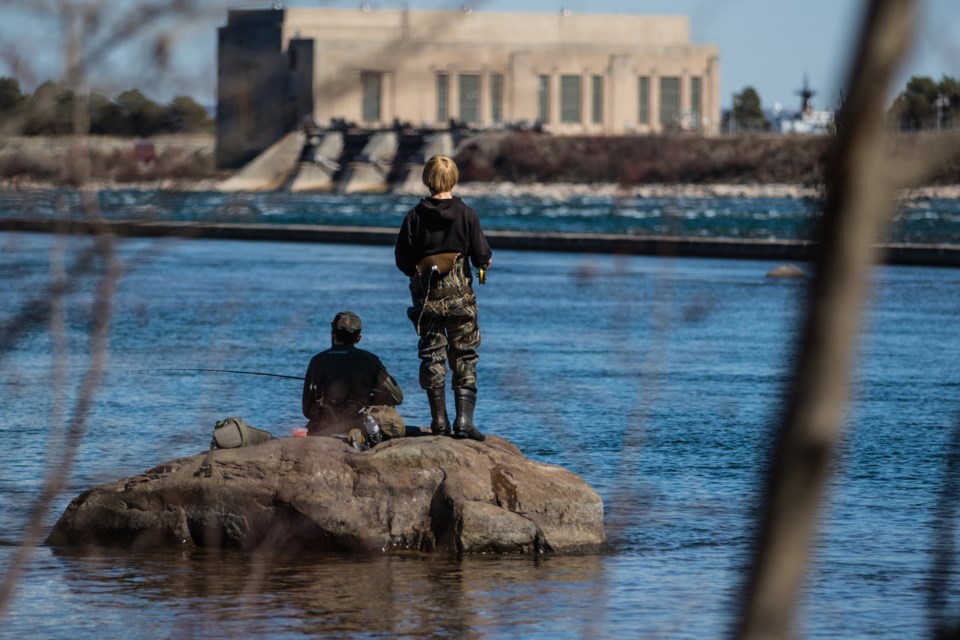NEWS RELEASE
LAKE SUPERIOR BOARD OF CONTROL
**************************
Extremely wet weather and a significant rise in Lake Superior levels will result in St. Marys River outflows being increased in November.
An exceptional amount of precipitation fell in the Lake Superior basin from 8-11 October, causing a rapid and significant rise in Lake Superior water levels. Lake Superior rose 8 cm overall last month, while on average it declines 4 cm in October.
Conditions were relatively wet in the Lake Michigan-Huron basin too, and Lake Michigan-Huron declined just 2 cm last month, while on average it declines 7 cm in October. At the beginning of November, Lake Superior is 29 cm above average (1918 – 2017), but 4 cm below the level at this time last year.
Lake Michigan-Huron is currently 46 cm above average, but 2 cm below last year’s beginning-of-November level. Lake Superior is expected to begin its seasonal decline, and Lake Michigan-Huron is expected to continue its seasonal decline in November.
The above-average levels coupled with strong winds and waves continue to result in shoreline erosion and coastal damages across the upper Great Lakes system. Additional shoreline erosion and coastal damages may occur this fall should active weather continue.
The International Lake Superior Board of Control (Board), under authority granted to it by the International Joint Commission (IJC), has set the Lake Superior outflow to 3,000 cubic metres per second (m3/s) for the month of November, which is as prescribed by Regulation Plan 2012.
Actual outflows may vary depending on hydrologic conditions, as well as maintenance activities at the hydropower plants on the St. Marys River.
The average St. Marys Rapids flow is expected to be approximately 1,264 m3/s in November, the highest since 1996. Anglers and other users of the St. Marys Rapids need to be cautious of the changing flows and water levels that will be experienced in the rapids in November.
Furthermore, some flooding of low-lying areas of Whitefish Island is expected to continue this month and some recreational trails and features in these areas will likely be inundated and may sustain damage. Users are encouraged to use extreme caution.
To achieve this flow, the gate setting of the Compensating Works will be adjusted to the equivalent of nine gates fully open by raising Gates #9 through #14 to a setting of 173 cm open on Monday, 5 November. Gates #2 through #8, #15 and #16 will be maintained at a setting of 81 cm open. There will be no change to the setting of Gate #1, which supplies a flow of about 15 m3/s to the channel north of the Fishery Remedial Dike.
The Board stresses that hydrologic conditions are the primary driver of water level fluctuations.
Water levels of the Great Lakes cannot be fully controlled through regulation of outflows, nor can regulation completely eliminate the risk of extreme water levels from occurring during periods of severe weather and water supply conditions. It is not possible to accurately predict such conditions weeks in advance, but given the current levels of the lakes, the Board advises all those that may be impacted to prepare for the above-average water levels, should they continue this fall.
